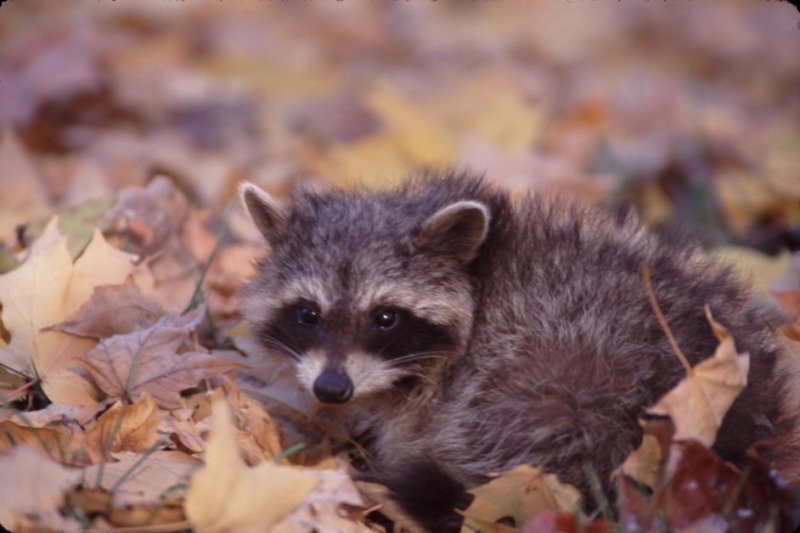Anthropomorphism
By Dave Hanks
The above term means to give a human interpretation to an animal action. For example: When a Baboon looks like it’s smiling and happy, don’t be deceived. It is showing you its teeth. If it can get close enough, it will bite you. What we would normally interpret as friendliness is really a warning to keep our distance. When Bison do weird tail movements, they are not taking care of an itch. It, also, is a body language warning. And, even though we find dogs irresistible; their open mouth, with tongue hanging down, does not necessarily mean they are in a happy, loving mood toward us. They are merely expelling body heat.
I am always amused by those who treat their pets as if they actually reacted to things like a human would. To dress a dog or cat in a shirt or any other type of clothing is unnatural. Pets do enjoy being inside with the people that love, rub, and caress them. But they are not normally adapted to house life; nature has equipped them for an outdoors existence. When we lived in Montana (if the wind was not blowing) our cattle would “shun’ the sheds and stay out in the open – even if it was 30 degrees below zero.
One can love animals and yet know very little about their needs. Some folks can’t get past placing their own wants upon them. The move to prevent the management of wild horses, because of a misguided love for them, is a prime example of loving something to its determent. The horses destroy the range for themselves and the naturalized wildlife of the area.
Human ethics and morals do not apply to animals. Their DNA has programmed them to act in certain ways typical of their species. Children’s stories and Hollywood have, in many instances, been responsible for feelings that have been held on to well into adulthood. A species is neither as bad nor as good as depicted in story books. Large predators are not blood thirsty killers, but act only as nature has intended. Understanding this and granting them their space will usually result in a peaceful co-existence between them and us – a thing that the Indians have long understood.
This baby RACCOON (pictured) looks so lovable that the urge may be to try to pick it up. Do so and you’ll find out how it can scratch and bite.
(So cute and so cuddly?)
|
